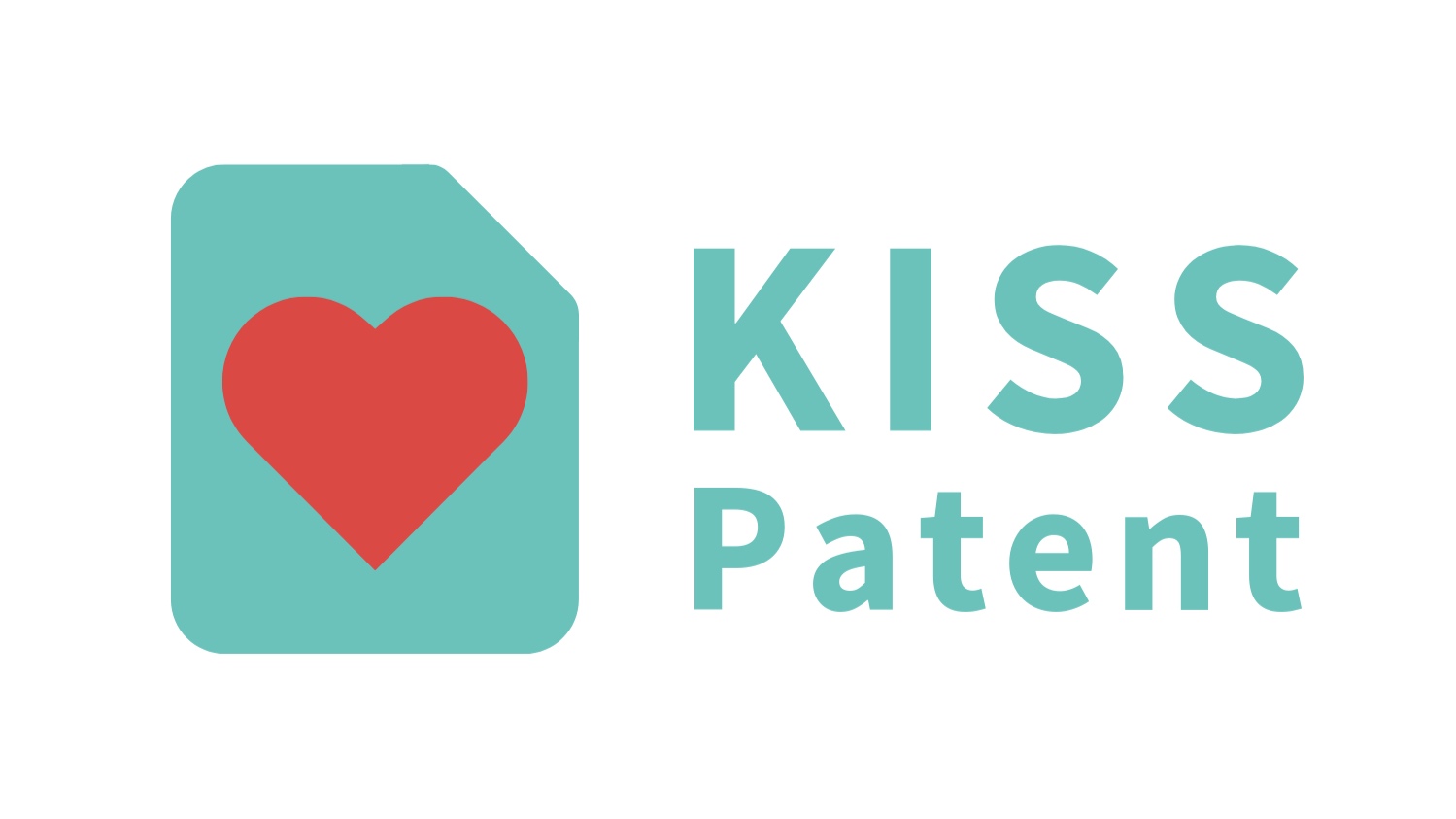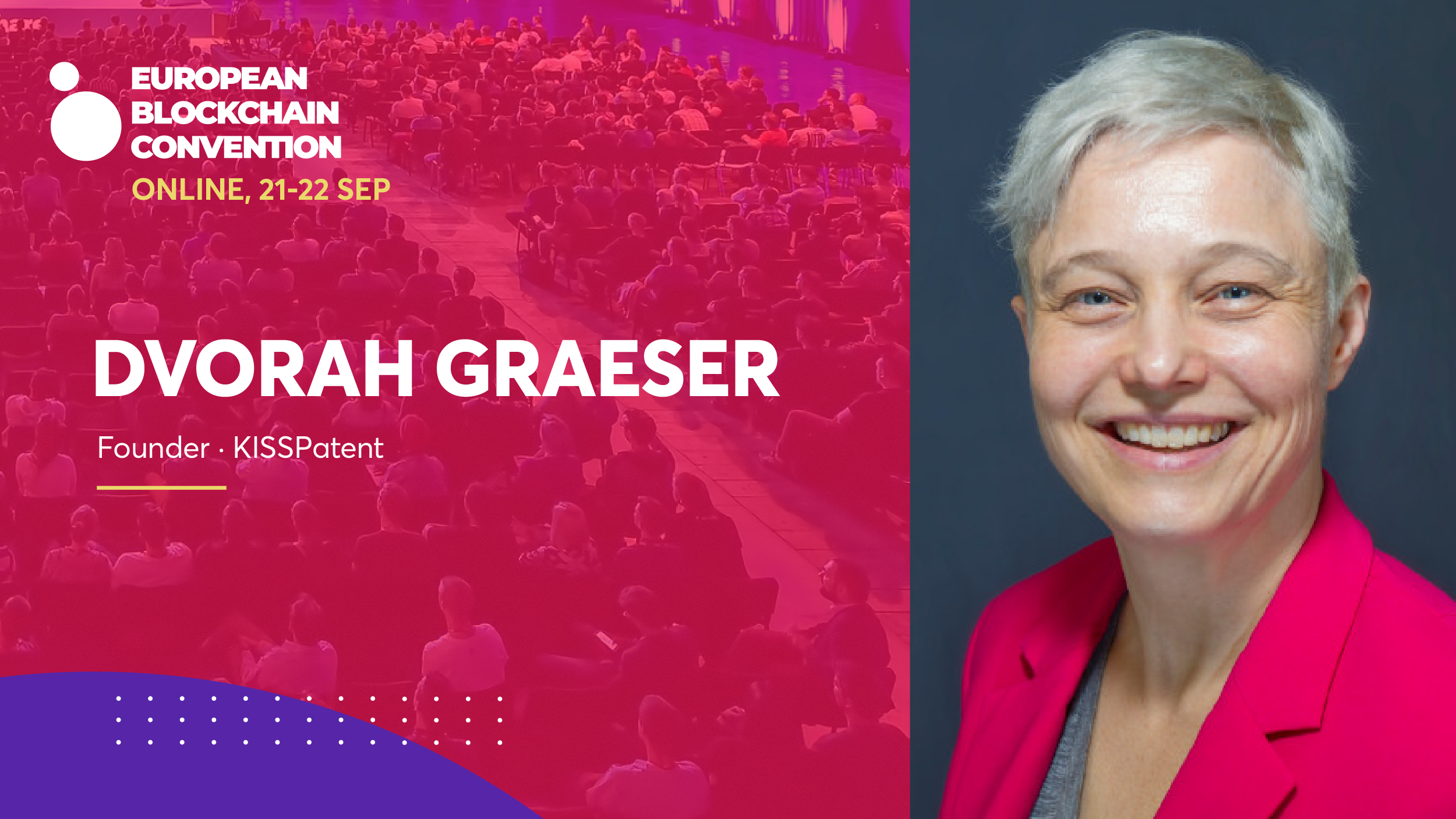The European Patent Convention specifies that computer programs as such are not patentable. To the layman it may seem that he would not be able to patent his computer-implemented invention in Europe. However, due the use of the word “as such”, this exclusion is not as restrictive as it may seem and still allows many computer-implemented inventions to be patented. On the other hand, this does not mean that any computer-implemented invention can be patented in Europe. Unfortunately, determining which computer-implemented invention can be patented, and which cannot, is not trivial.
In contrast, the US Patent and Trademark Office (USPTO), and the US court system, have long upheld the patentability of software as such. However recent changes to US regulations and the interpretation of the law by US courts have made the boundaries of patentability for software inventions very unclear.
Computer-implemented inventions related to Artificial Intelligence (AI) are not excluded from patentability by either Patent Office. Due to the increase in research activity and patent applications in this field, the European Patent Office has added a section specifically describing patentability of AI and machine learning inventions in its latest Guidelines for Examination, released in November 2018. Similarly, the USPTO has sought to clarify which inventions qualify for patentability in the latest Revised Patent Subject Matter Eligibility Guidance, released on January 7 2019.
Can you patent your AI invention in Europe?
Take our short survey to find out if your AI invention is available for intellectual property protection!
In Europe, computer-implemented inventions are only patentable if the claimed subject matter involves a technical teaching. In this post, the term “patentable” will be used to refer to inventions that fall within a patentable category. However there are additional requirements for patentability, beyond this requirement, which will be discussed as part of the presentation.
In terms of patentability, AI inventions are treated in the same way as mathematical methods by the European Patent Office. If a mathematical method is novel and inventive, then it is patentable if and only if it is used for a technical purpose. A novel and inventive mathematical method used in a video processing application is patentable. A novel and inventive mathematical method used in a pension benefit system is not patentable.
In contrast, in the US, software which is non-abstract – that is, representing a specific technology or application of technology – is considered to be patentable. AI inventions are more broadly patentable in the US for this reason. For example, a business method software invention, involving the application and adaptation of known technology to a new commercial problem, which used AI as part of its technology would be more likely to be patentable in the US. Indeed, Andrei Iancu, director of the USPTO, has publicly stated that he believes AI inventions to be generally patentable.
With respect to AI, not only an improvement to a neural network (and the like) can be patented, but also an improvement to the training of the neural network. Still, its patentability depends on the technical purpose of the neural network. The European Patent Office provides examples of technical and non-technical purposes. For example, the use of a neural network in a heart-monitoring apparatus for the purpose of identifying irregular heartbeats is considered to make a technical contribution and the classification of digital images, videos, audio or speech signals based on low-level features (e.g. edges or pixel attributes for images) is considered to be a technical application. On the other hand, classifying text documents solely in respect of their textual content is not regarded to be per se a technical purpose but a linguistic one and classifying abstract data records or even "telecommunication network data records" without any indication of a technical use being made of the resulting classification is also not per se considered to be a technical purpose.
In the US, this particular distinction is not made. Rather, the nature of the software itself is considered. As AI inventions are generally considered to be sufficiently technical and non-abstract in the US, the above examples that would not be considered to be patentable at the European Patent Office would be very likely to be considered as patentable in the US.
The European Patent Office further provides numerous examples of technical purposes in relation to mathematical methods and also makes clear that a generic purpose such as "controlling a technical system" and the mere fact that a mathematical method may serve a technical purpose are not sufficient to confer a technical character to a mathematical method. The technical purpose must be a specific one and the claimed subject matter is to be functionally limited to the technical purpose, either explicitly or implicitly. These guidelines apply to AI inventions as well.
The approach used by the European Patent Office for assessing patentability of AI inventions has several disadvantages:
By only providing examples of technical and non-technical purposes, the European Patent Office leaves a substantial grey area. It may require a decision of a Board of Appeal to find out whether a particular purpose is considered to be a technical purpose.
If your AI improvement can be used for multiple technical purposes, multiple patent applications may need to be filed, e.g. one per technical purpose, to obtain sufficient protection. This results in higher costs of obtaining patent protection. Furthermore, protecting your AI improvement for all foreseeable technical purposes will normally be too expensive.
In contrast, in the US, the difficulty arises in determining exactly how to protect your AI invention so that your patent survives future changes to the patent laws and court challenges. Many AI inventions are “black box” so determining exactly how to describe and claim the invention in a patent can be difficult to determine, particularly given the uncertainty in exactly how to protect software inventions generally in the US.











